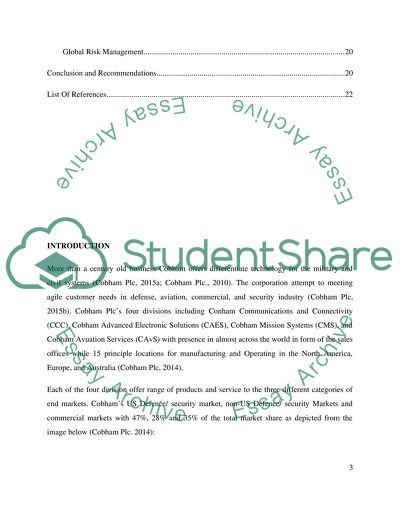Cite this document
(“Performance and Risks Management Study of Cobham plc 2312 Essay”, n.d.)
Performance and Risks Management Study of Cobham plc 2312 Essay. Retrieved from https://studentshare.org/finance-accounting/1675606-performance-and-risks-management-study-of-cobham-plc-2312
Performance and Risks Management Study of Cobham plc 2312 Essay. Retrieved from https://studentshare.org/finance-accounting/1675606-performance-and-risks-management-study-of-cobham-plc-2312
(Performance and Risks Management Study of Cobham Plc 2312 Essay)
Performance and Risks Management Study of Cobham Plc 2312 Essay. https://studentshare.org/finance-accounting/1675606-performance-and-risks-management-study-of-cobham-plc-2312.
Performance and Risks Management Study of Cobham Plc 2312 Essay. https://studentshare.org/finance-accounting/1675606-performance-and-risks-management-study-of-cobham-plc-2312.
“Performance and Risks Management Study of Cobham Plc 2312 Essay”, n.d. https://studentshare.org/finance-accounting/1675606-performance-and-risks-management-study-of-cobham-plc-2312.


